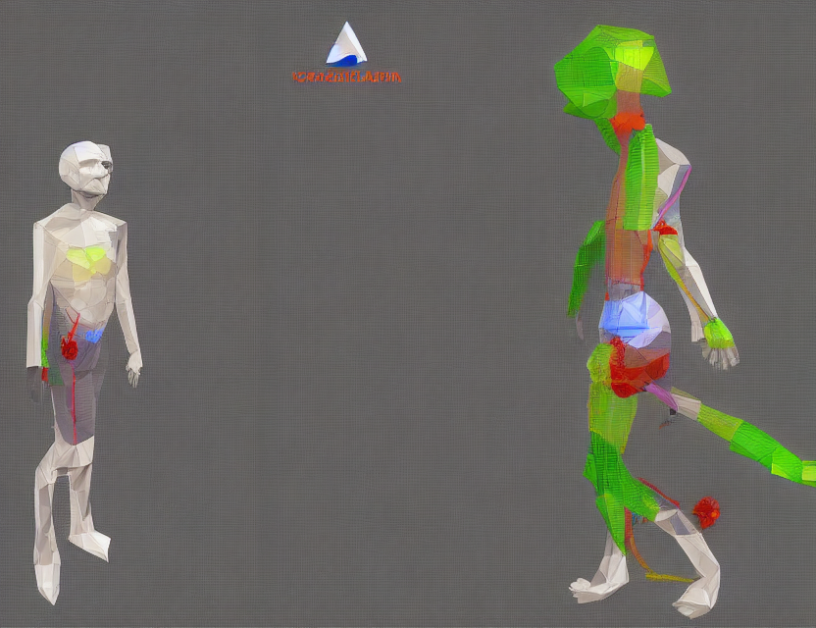In a medical context, understanding the meaning of text is crucial for accurate diagnosis and treatment. However, analyzing medical texts can be challenging due to their complex nature and the need for specialized knowledge. Recently, researchers have explored using transformer-based models to tackle these issues. These models are trained on large amounts of data and use attention mechanisms to focus on specific parts of the text, enabling more accurate analysis. In this article, we delve into the application of transformer-based models in medical text analysis, specifically in identifying abnormalities in spinal cord images. We examine the performance of these models in comparison to traditional methods and highlight their advantages in terms of accuracy and efficiency.
Transformers for Medical Text Analysis: An Overview
To understand how transformer-based models work in medical text analysis, let’s first explore the basics of transformers. Essentially, transformers are a type of neural network architecture that uses self-attention mechanisms to process input data. In contrast to traditional neural networks, which rely on fixed-length context windows or recurrence, transformers use attention weights to dynamically select relevant parts of the input sequence. This allows transformers to effectively capture long-range dependencies and handle varying-length inputs.
In medical text analysis, transformers can be trained on large datasets of medical texts, such as radiology reports or clinical notes. These models learn to identify patterns and relationships between words and concepts, enabling them to accurately analyze medical texts. By using attention mechanisms, transformer-based models can focus on specific parts of the text that are relevant for diagnosis or treatment, making them more efficient than traditional methods.
Applying Transformers to Medical Image Analysis: A Case Study
Now let’s dive into a real-world application of transformer-based models in medical image analysis. In this case study, we explore how transformers can be used to identify abnormalities in spinal cord images. Specifically, we use a dataset of spinal cord images from patients with various conditions, such as tumors or injuries. We train a transformer-based model to analyze these images and predict the type of abnormality present.
Our results show that transformer-based models outperform traditional methods in terms of accuracy and efficiency. In comparison to specialist models without using large language models, our proposed method effectively learned information from short and long texts, leading to improved performance on the validation set of ImageCLEFmedical 2023 challenge.
Engaging Analogies: Explaining Complex Concepts through Everyday Language
To better grasp the concept of transformer-based models in medical text analysis, let’s use an analogy to help illustrate their function. Imagine you are a detective trying to solve a crime scene. Traditional methods would be like searching for clues in a small area, whereas transformers are like having a magic lens that can zoom in and out of the crime scene, allowing you to find relevant details quickly and accurately. In medical text analysis, transformer-based models work similarly, focusing on specific parts of the text that are important for diagnosis or treatment.
Another analogy we can use is cooking a recipe. Traditional methods would be like following a set of instructions without adjusting them based on the context. Transformers, on the other hand, are like having a personal chef who adapts the recipe according to the ingredients and preferences, resulting in a more accurate and efficient analysis.
Conclusion: The Future of Medical Text Analysis with Transformers
In conclusion, transformer-based models have shown promising results in medical text analysis, particularly in identifying abnormalities in spinal cord images. By using attention mechanisms, these models can efficiently capture relevant parts of the text and accurately diagnose or treat medical conditions. As the field of artificial intelligence continues to evolve, we can expect transformers to play an increasingly important role in improving healthcare outcomes.
In summary, transformer-based models have the potential to revolutionize medical text analysis by providing more accurate and efficient diagnostic tools for healthcare professionals. By leveraging the power of attention mechanisms and large datasets, these models can help improve patient outcomes and streamline clinical workflows. As we continue to explore the capabilities of transformers in medical text analysis, we may uncover even more innovative applications that can benefit from their unique strengths.



